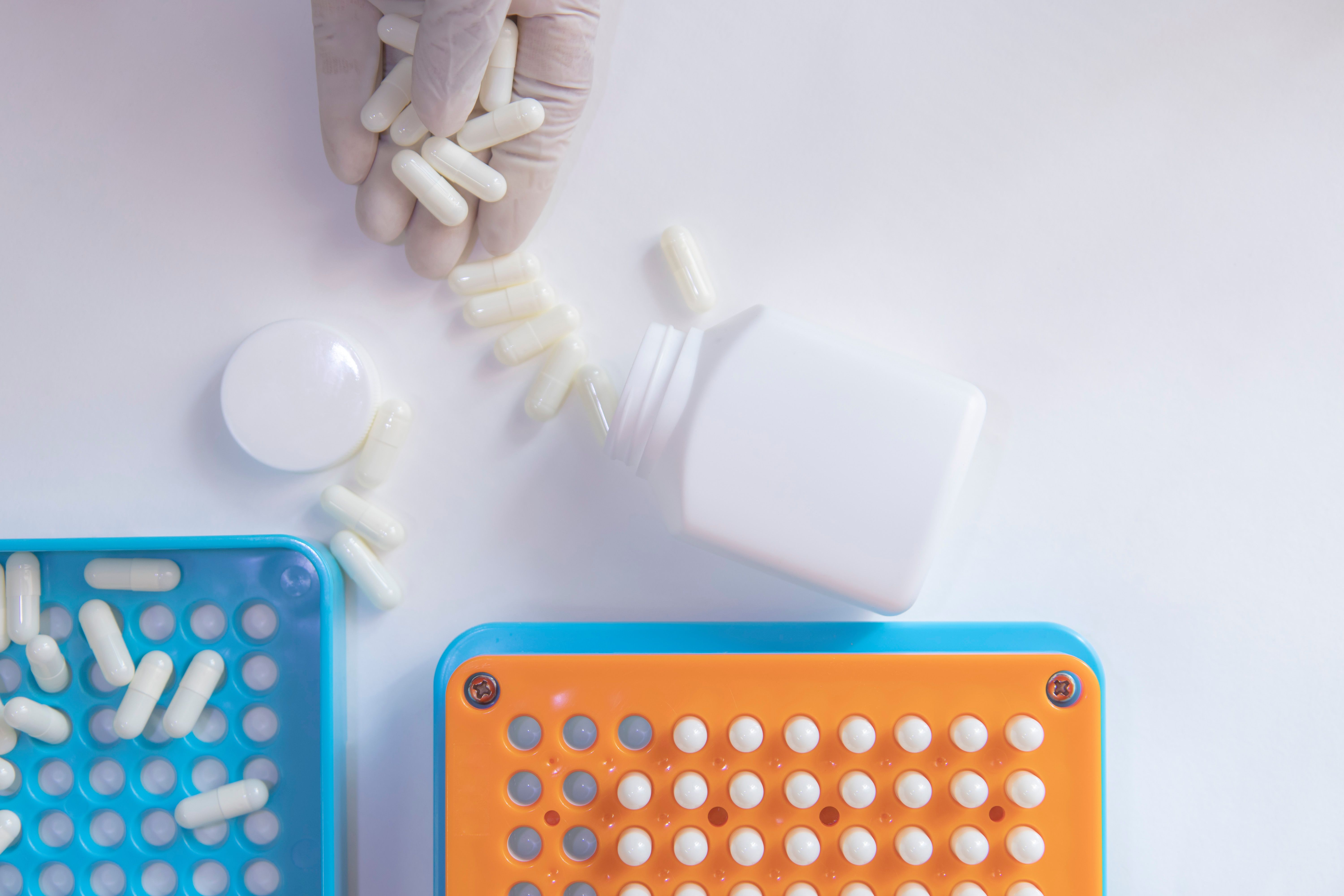In recent years, health care organizations have increasingly recognized the importance of standardizing medical equipment and technology to improve patient care quality, streamline operations, and mitigate risks. Infusion pumps play a crucial role in medication delivery, yet variations in pump models and configurations can pose challenges for health care providers.1 Evidence indicates that more than half of reported medication errors occur at the point of administration, highlighting a critical area for improvement. Utilizing smart pump technology is a strategic approach to minimizing these errors.2 Recognizing this need, Baptist Health embarked on a journey to implement infusion pump standardization across our network of facilities, aiming to unify our practices and elevate the safety and efficiency of patient care.
This initiative was driven by several critical needs. At the forefront of these needs was patient safety. Specifically, implementing uniform drug administration protocols significantly reduced variability in our infusion practices, provided more precise drug dosing and delivery, and streamlined processes across all sites.
“The consistency brought by standardization drastically cuts down the margin for error, which is a game changer in terms of patient safety,” said Nilesh Desai, MBA, BS, RPh, CPPS, chief pharmacy officer of Baptist Health in Louisville, Kentucky.
Efficiency was another major consideration during the standardization process. A streamlined approach to infusion pump protocols minimizes confusion, saving time and effort and increasing efficiency.
Financial considerations also played a crucial role. By reducing the number of drug concentrations and equipment needed, we achieved considerable cost savings. Additionally, consolidating 8 drug pump libraries across a 9-hospital system into 1 intravenous (IV) infusion library allowed more accumulation of data from each site, enabling more informed, data-driven decision-making and enhancing centralized oversight and monitoring.
Implementation
Establishing a unified drug pump library required a collaborative, multidisciplinary approach. Our core team included clinical pharmacists, pharmacy site leaders, and data analysts from the Willow Ambulatory team, bolstered by external consultants from Bainbridge, a technology-enabled strategic consulting firm, which helped with data integration and drug library recommendations.
Collaboration was essential. Having experts from various disciplines helped the team tackle the project’s multifaceted challenges more effectively.
The project spanned approximately 18 months, during which we meticulously reviewed each drug across all existing libraries. Collaborating with the vendor’s consultants ensured that the final pump configurations were optimized for our needs, addressing any site-specific discrepancies while ensuring it would work for the pumps. The familiarity of most sites with Alaris pumps (a type of infusion pump that monitors a patient’s vital signs and delivers medications, blood, and fluids at controlled quantities) eased the training phase, allowing us to focus more on the changes to the drug build rather than training basics.
The final 6 months were dedicated to assessing new additions to the pump, aligning the Epic build with the pump library, standardizing our master formulation records, and providing one-on-one demonstrations to educate nursing groups and service lines. This thorough preparation was key to our success, enabling us to implement substantial changes efficiently and effectively.
“The scale of change was immense. It was not just about technology but also about people and processes. The training and change management aspects were as crucial as the technical ones,” said Sanchita Damania, the system director of medication safety and regulatory at Baptist Health in New York, New York.
In July 2023, our organization successfully implemented a unified drug pump library across all inpatient facilities and outpatient infusion sites. The transition was largely smooth and uneventful and was confirmed through positive feedback from both nursing and pharmacy leadership at each location. Our dedicated implementation team, including the project leader, pharmacy leadership from each site, and pharmacy system analysts, played a crucial role in mitigating issues quickly. They promptly addressed and resolved any issues related to the Epic build or mismatches, ensuring a seamless integration.
The transition to a standardized infusion pump library has markedly improved our system’s safety and quality standards. We have successfully maintained system standard guardrail compliance above our 95% target, and we are observing a consistent decline in the total number of guardrail alerts compared with pre-implementation levels. Furthermore, the number of high-risk overrides has decreased by 52% from March 2023 (before implementation) to March 2024, demonstrating significant progress post implementation.
Despite the project’s complexity, its success demonstrated the value of comprehensive planning and expert collaboration. This setup has prepared us for future integration phases, aiming for full interoperability between our pumps and our electronic health record.
Looking Ahead
About the Authors
Shanna Schneider, PharmD, BCPS, is a clinical pharmacist specialist at Baptist Health System in Louisville, Kentucky.
Brandon McLain, PharmD, MBA, BCPS, is associate vice president of pharmacy operations at Baptist Health System in Louisville, Kentucky.
Areas for ongoing improvement include optimizing IV flushing techniques and standardizing the administration of intermittent small-volume infusions. These efforts are crucial as we strive for continual improvement in patient care standards and interoperability.
Looking ahead, the long-term impacts of this project are promising. We expect ongoing reductions in medication errors, enhanced operational efficiency, improved patient outcomes, and continued cost savings. As medical technologies evolve, we anticipate greater integration with new systems, alongside increased proficiency among health care staff.
By sharing our experience, we hope to encourage other health systems to consider the myriad benefits of such standardization initiatives.
REFERENCES
1. Ohashi K, Dalleur O, Dykes PC, Bates DW. Benefits and risks of using smart pumps to reduce medication error rates: a systematic review. Drug Saf. 2014;37(12):1011-1020. doi:10.1007/s40264-014-0232-1
2. Institute for Safe Medication Practices. Guidelines for optimizing safe implementation and use of smart infusion pumps. ECRI. February 10, 2020. Accessed April, 11 2024. https://www.ismp.org/guidelines/safeimplementation-and-use-smart-pumps
The authors have no disclosures.








